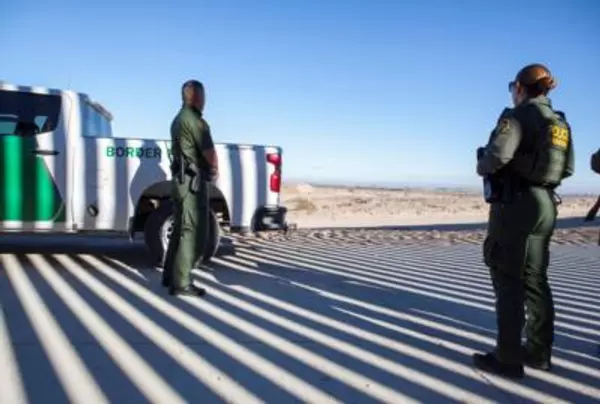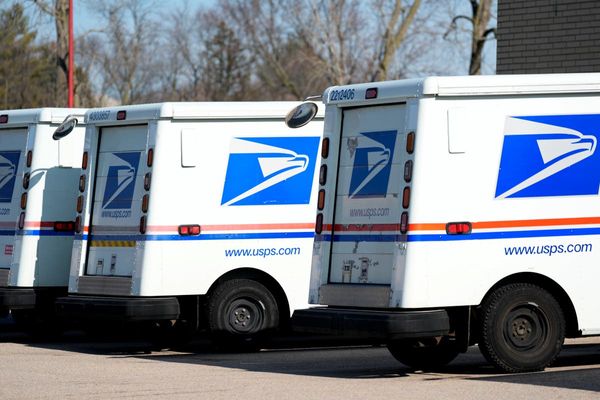
For 2-1/2 harrowing hours, the 52-year-old homemaker from Chiba feared her last moments of life would be spent in an ambulance searching desperately for a hospital.
"I might die if the situation goes on like this," she thought.
The woman, who had been recuperating at home after contracting the novel coronavirus, experienced difficulty breathing in the middle of the night on July 26 and her family called for an ambulance.

Like many others amid the recent surge in COVID-19 cases, she became the victim of a shortage of hospital beds, which has led to a frantic and often long search for a hospital to accept emergency patients transported by ambulance.
This, and a shortage of medical staff to handle the surge in patients, is fueling concerns about the medical system's ability to provide adequate care to save lives.
"I was terrified when waiting in the ambulance," said the woman, for whom a hospital was eventually located. She was discharged after a nine-day stay.
The Fire and Disaster Management Agency of the Internal Affairs and Communications Ministry terms the women's situation as a "transport hardship case," which it defines as when a request to admit a patient is turned down by three or more medical institutions, leaving the ambulance stranded for more than 30 minutes.
According to the agency, during the week of Aug. 2-8, a total of 2,897 such cases were handled by 52 fire departments nationwide, an increase of about 20% from the previous week. The figure is about 2.5 times that recorded in the first week of July.
The Tokyo Fire Department had the highest number with 1,532 cases, up 19% from the previous week, followed by the Osaka Municipal Fire Department with 279, up 19%, and the Yokohama City Fire Bureau with 267, up 67%, showing that the numbers are increasing almost everywhere.
In early August, a man in his 50s with the coronavirus called an ambulance to his home in Tokyo, but the search for a place to take him led to being turned down by as many as 120 medical institutions. Five hours later, he was finally admitted to a university hospital in Tokyo.
"There have been cases in which ambulances get stranded at their destinations, resulting in a shortage of ambulances," said an ambulance worker in the Tokyo metropolitan area, raising an equally concerning alarm.
-- Lack of staff
Amid the backdrop of increasing transport hardship cases, the surging number of infections is putting the frontline medical field into dire straits.
The Tojun Hospital in Adachi Ward, Tokyo, allocated six beds for suspected COVID-19 patients, but those have filled since July, forcing the hospital to turn down requests to accept new patients.
"It's difficult to secure any more beds than this," said Masashi Ito, 65, the director of the hospital. "We are reaching the limit of what we can do."
The occupancy rate of hospital beds in Tokyo had reached 61.5% as of Thursday, up 28 points from July 12 when the fourth state of emergency was declared for the capital. The rate for beds allocated for seriously ill COVID-19 patients was at 55.6%, based on the Tokyo metropolitan government's criteria.
The figures suggest that there is capacity to spare, but according to a source at a university hospital in Tokyo, many hospitals lack the staff to deal with seriously ill patients, making it difficult to accept new patients.
Medical treatment for non-COVID-19 maladies has also been affected. In late July, the metropolitan government asked medical institutions in Tokyo to postpone non-urgent surgeries and take other actions to secure more beds for COVID-19 patients. Some hospitals have postponed scheduled procedures or scaled down regular medical services.
-- Standby stations
With the number of transport hardship cases surging, the metropolitan government plans to set up a number of standby stations to temporarily treat COVID-19 patients whose condition suddenly deteriorates, with aim of getting them up and running by the middle of this month.
The stations in 11 locations, such as Tokyo metropolitan hospitals, are intended to keep the patient's condition from worsening by providing care such as administering oxygen, until a hospital that will admit them or a place for recuperation can be located.
Since July, the Health, Labor and Welfare Ministry has dispatched doctors and nurses from the Disaster Medical Assistance Team (DMAT) to Kanagawa and Okinawa prefectures to supplement the medical personnel needed to oversee hospital beds for COVID-19 patients.
In Kanagawa Prefecture, four doctors and other DMAT members have worked to prepare for the opening of an emergency oxygen administration center at a hotel in Yokohama, which will deal with COVID-19 patients for whom hospital have not been located.
"We will consider dispatching the team to Tokyo and other prefectures if requested," said an official of the health ministry's COVID-19 task force.
Read more from The Japan News at https://japannews.yomiuri.co.jp/







